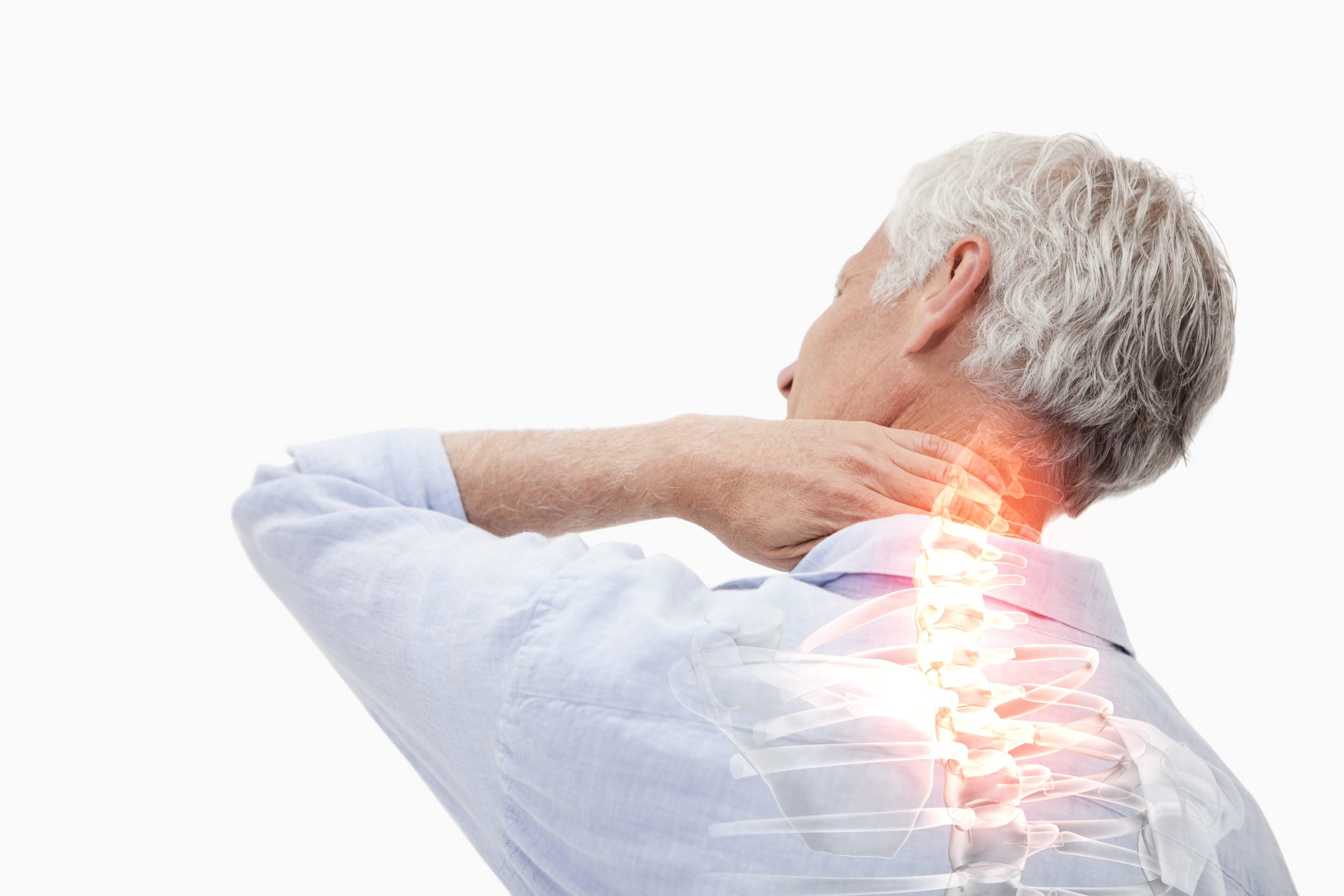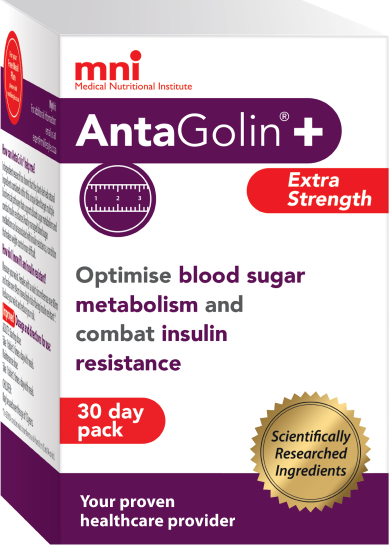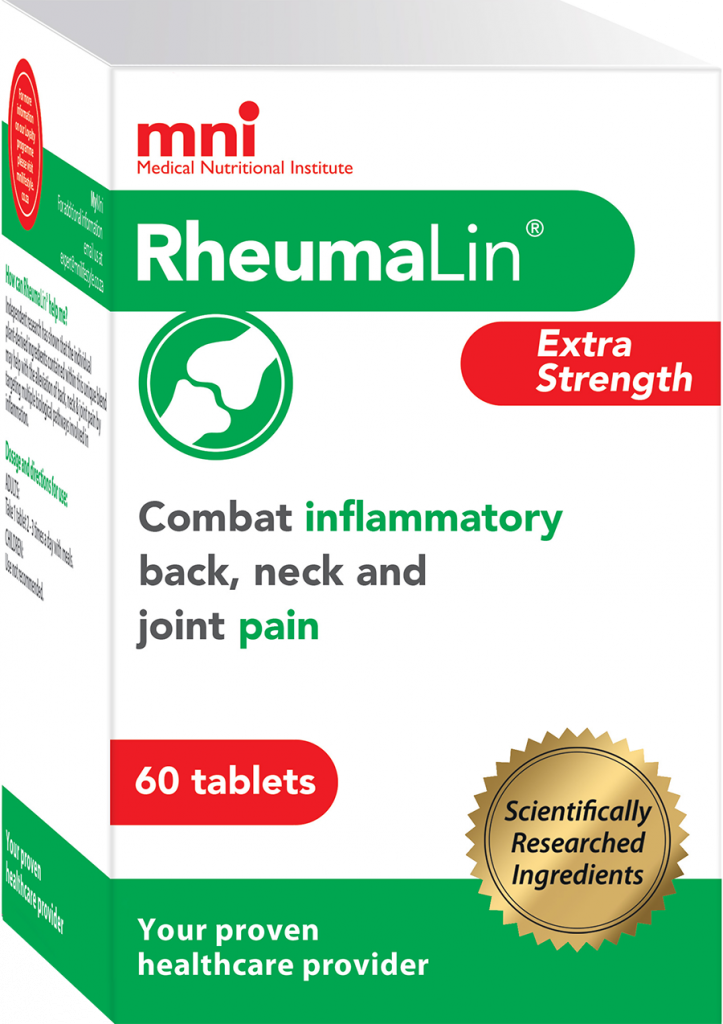Words can do little to really describe the misery of constant or severe bodily pain and it effects on quality of life. The International Association for the Study of Pain (IASP) defines pain as “an unpleasant sensory and emotional experience associated with actual or potential tissue damage, or described in terms of such damage”. [1] But why do we experience this terrible sensation and what causes chronic pain in the body?
What is Pain perception?
Interestingly, the science of pain is complex and not everyone experiences pain in the same way. Studies have shown that physiological and psychological factors can influence pain perception[2]:
- How does Age affect pain?
The brain’s circuitry tends to degenerate with age and therefore older people tend to have lower pain thresholds. - How does Gender affect pain?
Research shows that women tend to be more pain sensitive than men, perhaps due to hormonal changes and genetic factors. Men, though, are often more stoic and do not report their pain unless it is severe. - How does Fatigue affect pain?
Exhaustion also appears to play a role as pain is amplified due to the stress on the body from lack of sleep. - How does Memory affect pain?
Pain is often linked to our associations and fears and how we have experienced pain in the past can influence our body’s response.
Why we Experience Pain:
When our bodies are damaged in some way, pain signals are sent to the brain as a mechanism to warn us to stop what we are doing or to remove ourselves from the dangerous cause in order to prevent further injury. This pain serves a continual reminder thereafter to assist with the healing process by ensuring we take special care of the injured area until healing is complete. Acute pain therefore is there to protect us but if this condition becomes chronic, the pain can become destructive both physically and emotionally.
Acute vs Chronic Pain
These two categories of pain are acute and chronic. Acute or nociceptive pain is normally sudden and follows a typical pattern. Nociceptors are the free nerve endings found just below the skin, in tendons, joints, and organs and they serve to detect pain and alert the central nervous system to immobilise the area and begin the repair process. [5] This type of pain is generally short-lived and responds well to pain-relieving treatments when needed.
Types of Chronic Pain
Chronic pain, on the other hand, is prolonged and can be described as either inflammatory nociceptor pain or neuropathic pain or it may involve a mix of both types.
- Inflammatory nociceptor pain is triggered by tissue damage and there is the resulting inflammatory process and physiologic responses that promote healing.
- Neuropathic pain is produced by damage to the neurons in the peripheral and central nervous systems. This results in an overstimulation of the nociceptors which amplifies the experience of pain. When there is inflammatory nociceptor pain, the chronic inflammation may actually cause damage to neurons and produce neuropathic pain. This type of pain often persists for an extended period of time, long after the original trauma has been dealt with. [3, 4]
Consequences of Pain
When this type of chronic pain occurs there is no longer any protective value to it. Instead, the nervous system becomes oversensitive to stimuli, bringing with it repetitive or constant pain. Now the pain is no longer a symptom of a disease process but becomes like a disease process itself! [5] Prolonged pain can lead to a downward health spiral due to the stress placed on the body. Many of the body’s systems including cardiac, respiratory, gastrointestinal and immune systems are often weakened and this can result in illness. In the case of joint pain, muscles surrounding the area tend to stiffen and even atrophy due to prolonged misuse, bringing with it a loss of endurance and flexibility. [6]
Pain Management
Constant pain is very draining emotionally and there is a often an inability to enjoy the things you used to. The good news is that if you are struggling with chronic pain there are many treatment options available which can often be used in combination. These include weight management, exercise, physical therapy, medication, surgery as well as complimentary treatments such as well-researched supplements. RheumaLin is your natural solution to combat inflammatory back, neck and joint pain and because it is gentle on your stomach it can be used for extended periods of time.
How severe is your pain? Find out with the FREE pain scale test here.
Get the FREE MNI Pain Relieving Exercise Programme to target particular areas of pain: Download Free Exercise Plan
References:
- Theoi Greek Mythology: Exploring classic mythology in classical literature and art. http://www.theoi.com/Daimon/Algea.html. Accessed 23 June 2014.
- International Association for the Study of Pain. http://www.iasp-pain.org/Education/Content.aspx?ItemNumber=1698 Accessed 2 June 2014
- Craig Freudenrich, Ph. D. How Pain Works. http://science.howstuffworks.com/life/inside-the-mind/human-brain/pain.htm Accessed 1 June 2014
- Evan F. Ekman, MD. Surgical Approach 1: A Strategy for Minimizing Perioperative Pain – Arthroscopic Rotator Cuff Repair and Pre-surgical Analgesia. http://www.medscape.org/viewarticle/474379_2 Accessed 3 June 2014
- Danielle Reddi, Natasha Curran, Robert Stephens. An introduction to pain pathways and mechanisms. http://ucl.ac.uk/anaesthesia/StudentsandTrainees/PainPathwaysIntroduction Accessed 4 June 2014
- Steven Simon. Opioids and Chronic Pain Management Paradigm: Time for a Change? http://www.medscape.org/viewarticle/478885:







